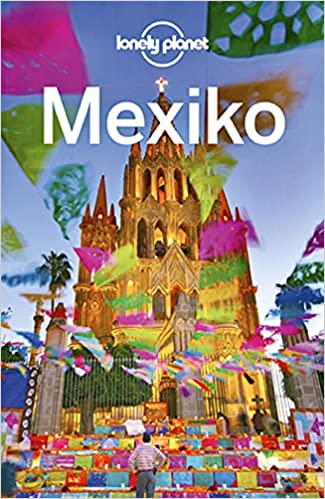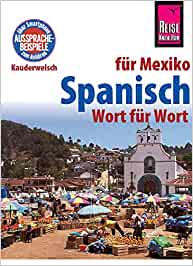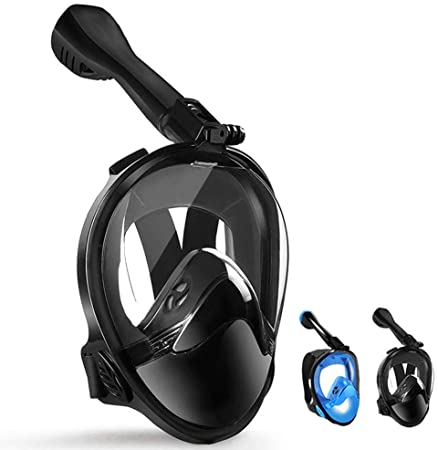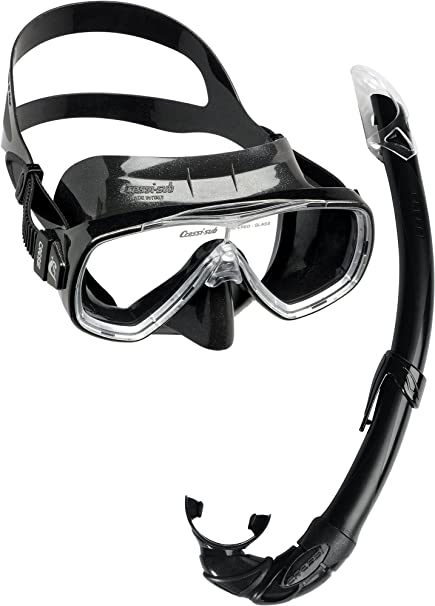Sargasso in Playa del Carmen
How to avoid the algae
Seaweed in Playa del Carmen – how to avoid the algea
But for a few years now, especially in summer, large amounts of seaweed in Playa del Carmen have been unestetically on Mexican beaches. Anyone on vacation in and around Playa del Carmen at this time of year has surely noticed the seaweed. This is actually not seaweed, the correct expression would be brown algae or Sargasso.
If you want to avoid the algae during your vacation on the Yucatan Peninsula, you should visit the islands off the coast. Islands have beaches in all four directions. Because of currents, the algae usually only appear in one direction and that is the east coast at the moment.
-

Private Cozumel Jeep Tour
$110.00 (from) -
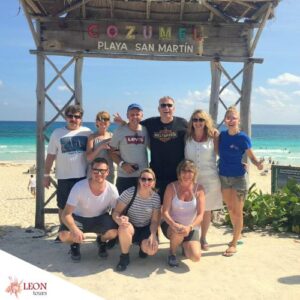
Cozumel Highlights
$140.00 (from) -

Snorkeling & Beach Club
$120.00 (from) -
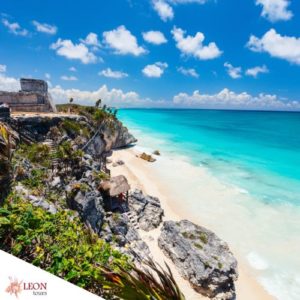
Tulum Express Private Excursion
$200.00 (from) -
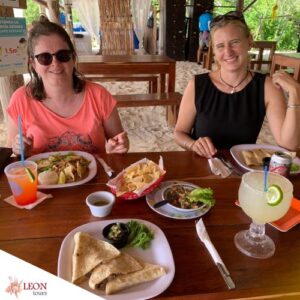
Tacos & Bar Hopping Tour Cozumel
$100.00 (from) -
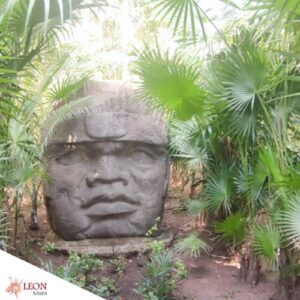
Animal Sanctuary & Island Tour
$120.00 -
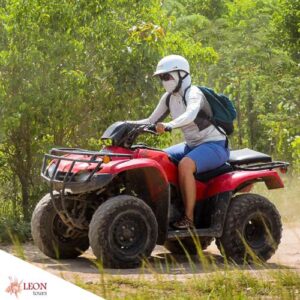
ATV & Beach Break Tour
$130.00 (from) -
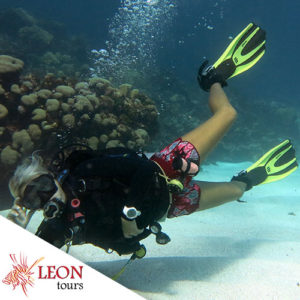
Cozumel Diving
$140.00 (from)
How do brown algaes grow?

Seaweed in Playa del Carmen: Sargassum – Algeas
Due to these currents, brown algae are washed towards Mexico and the Caribbean, especially in the summer months. A certain amount of algeas is actually good for the beaches, for example turtles lay nests under the Sargassum.
More seaweed in Playa del Carmen due to pollutants in the sea
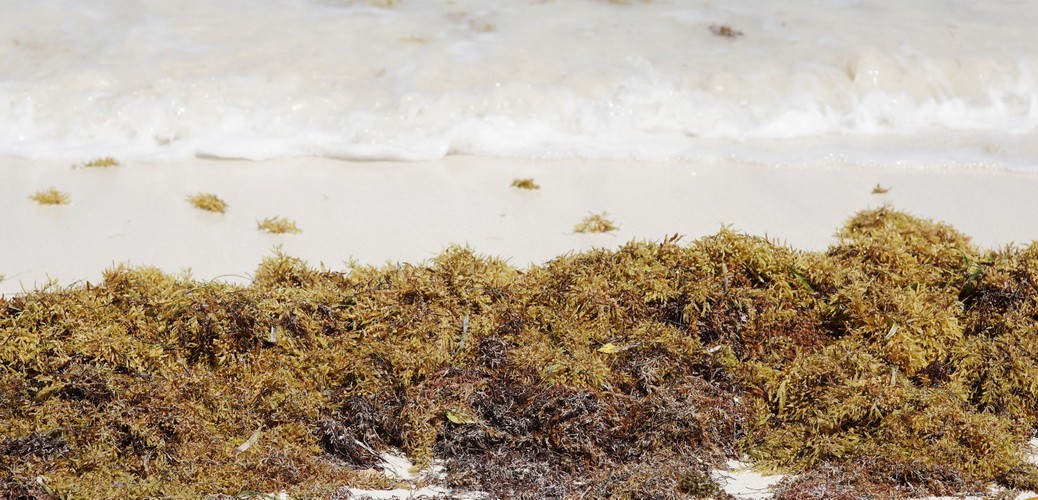
In the last ten years, however, this phenomenon has massively increased and leads to algae plagues. This is mainly due to global warming, pollution and the food industry in North America. Fertilizers with toxic substances and tons of soy and corn from the animal feed are flushed into the sea. From this huge nutrient algaes form surplus in the water. This so-called algae bloom is found mainly in the summer months on the eastern coasts of the Yucatan Peninsula.
When is the best time to travel to avoid sargassum?
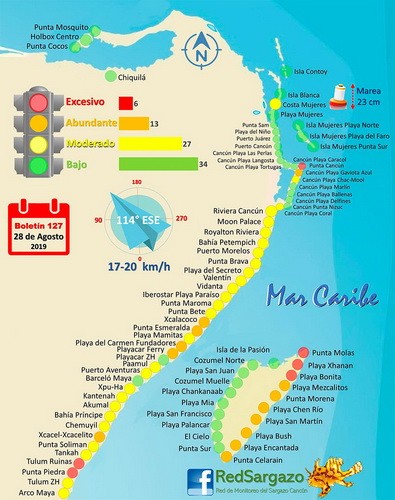
The Seaweed between Cancun and Tulum occur mostly in the summer months. Then the sea warms up and the algae bloom can grow. In winter there is basically no or less sargassum on the Riviera Maya. Therefore, these months are particularly suitable for a beach vacation on the east coast in Mexico.
Avoid the sargassum on Yucatan’s islands
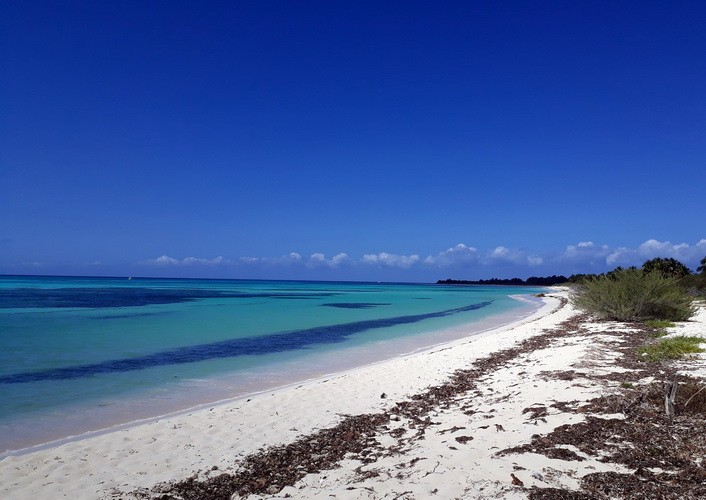
Cozumel: The beaches on the west and south sides of Cozumel are usually without brown algae
Isla Mujeres: A trip to the island of the woman is worthwhile because of the brown algae-free beaches
Isla Contoi: A trip to the island of Contoi, which is protected by a national park, offers some surprises – and beaches without brown algae
Discover our Riveira Maya Excursions
-

Private Cozumel Jeep Tour
$110.00 (from) -

Cozumel Highlights
$140.00 (from) -

Snorkeling & Beach Club
$120.00 (from) -

Tulum Express Private Excursion
$200.00 (from) -

Tacos & Bar Hopping Tour Cozumel
$100.00 (from) -

Animal Sanctuary & Island Tour
$120.00 -

ATV & Beach Break Tour
$130.00 (from) -
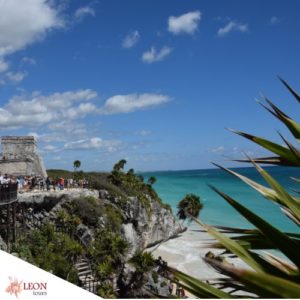
Tulum, Reef snorkeling & Cenotes
$160.00 (from)
Is is still possible to swim in Mexico despite sargasso?

Depending on the current, the sea is wonderfully clear on some days and the algae are washed up on others. Unfortunately there is no way to predict the algae flow, the situation can change from one day to the other.
Sargassum free cenotes
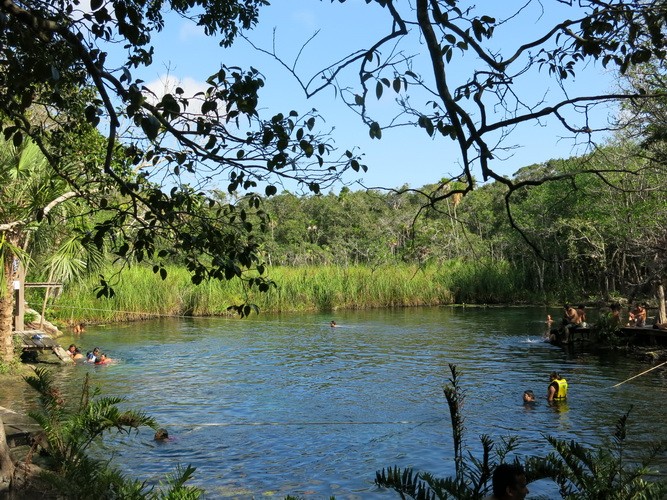
Cenote at Playa del Carmen / Tulum without brown algae
Is Mexico still worth a vacation?
Great excursions in the Riviera Maya give an interesting inside of pre-Hispanic history, the cenotes in Mexico invite you to refresh yourself with crystal-clear water and a trip to the beautiful island of Cozumel is always worthwhile.
Summary
- Brown algae on the Riviera Maya occur mainly in the summer months
- The phenomenon has become worse in recent years due to pollution and warming of the oceans
- There are mostly sargassum-free beaches on the islands of the Riviera Maya, for example on Cozumel
- There are no brown algae in the cenotes of the Riviera Maya
AFFILIATE LINKS
This article contains product recommendations in the form of affiliate links. If you buy something through these affiliate links, we get a small commission. This does not change the price for you.

Hello, my name is Birgit and I write about interesting topics around vacations in Mexico and traveling on the Yucatan peninsula. I would love to hear from you and I am always happy to receive ideas and recommendations for new articles.
Enjoy reading!!!
Follow us
Interesting blog posts
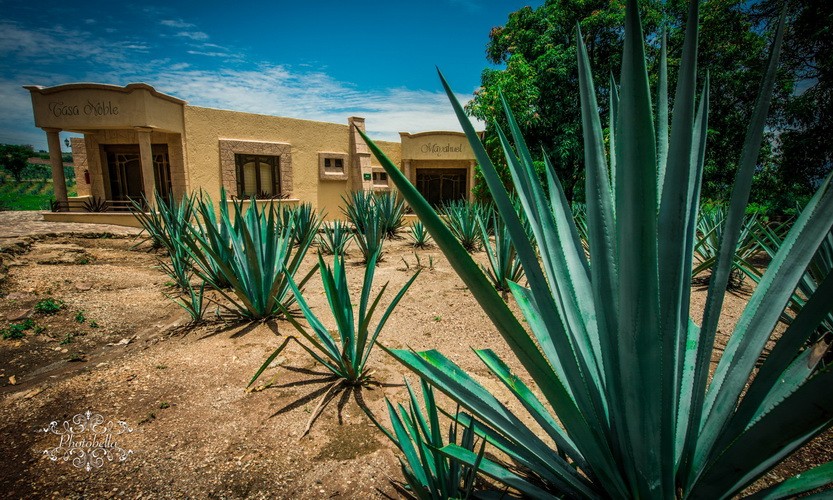
High quality tequila: Recommendations from Mexico
Tequila from Mexico How to recognize High Quality TequilaHigh Quality Tequila: Recommendations from MexicoOne of Mexico’s most popular souvenirs is tequila. It is the most famous form of the Mexican national drink Mezcal and is extracted from the heart of the blue...

Biodegradable sunscreen
Biodegradable Sunscreen Coral ProtectionBiodegradable sunscreen: Coral ProtectionA special consideration for the vacation luggage to Mexico should be the right sunscreen. Because we have to protect our skin against the strong sun and dangerous UV rays. However, the...
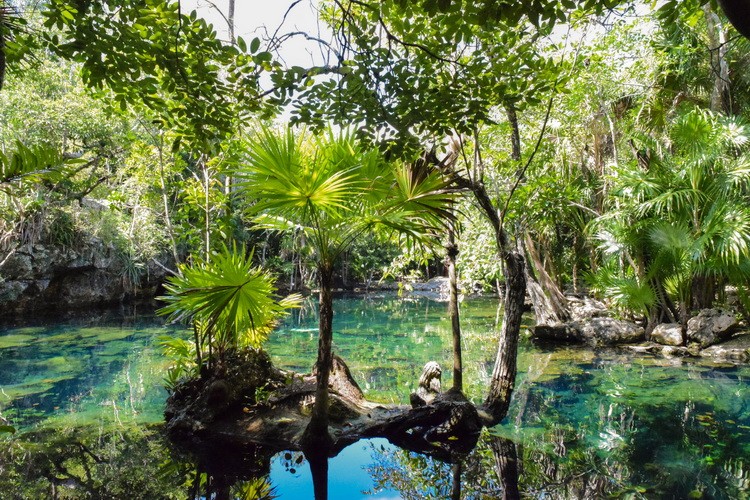
Cenotes in Mexico
Cenotes in Mexico The best Cenotes of the Riviera MayaThe best cenotes in Mexico: Magic OasesLovely, but mystical and full of secrets; the cenotes of the Yucatan Peninsula are a true gift of the nature. Swimming in a cenote, surrounded by jungle and rock formations,...
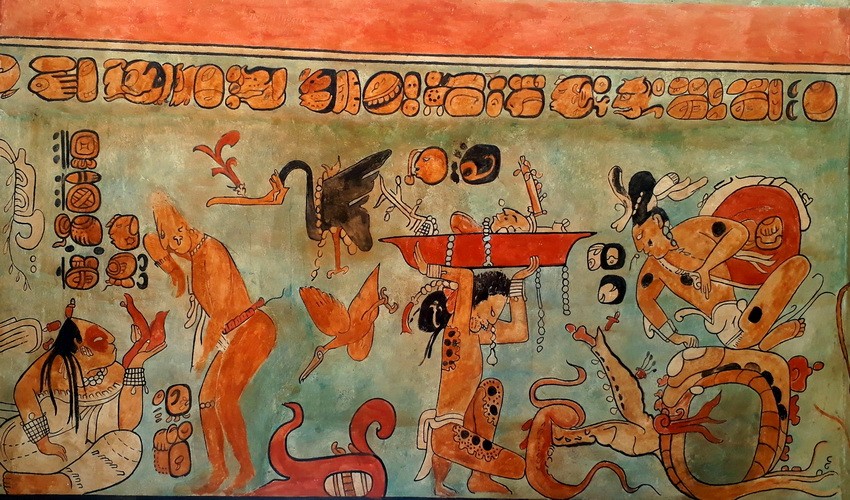
The History of the Maya: An Introduction
History of the Maya Between Myths and Knowledge: An IntroductionHistory of the Maya: An IntroductionThe Maya were excellent mathematicians, architects, astronomers, doctors and very religious people. Their daily life was permeated with rituals and ceremonies. Native...
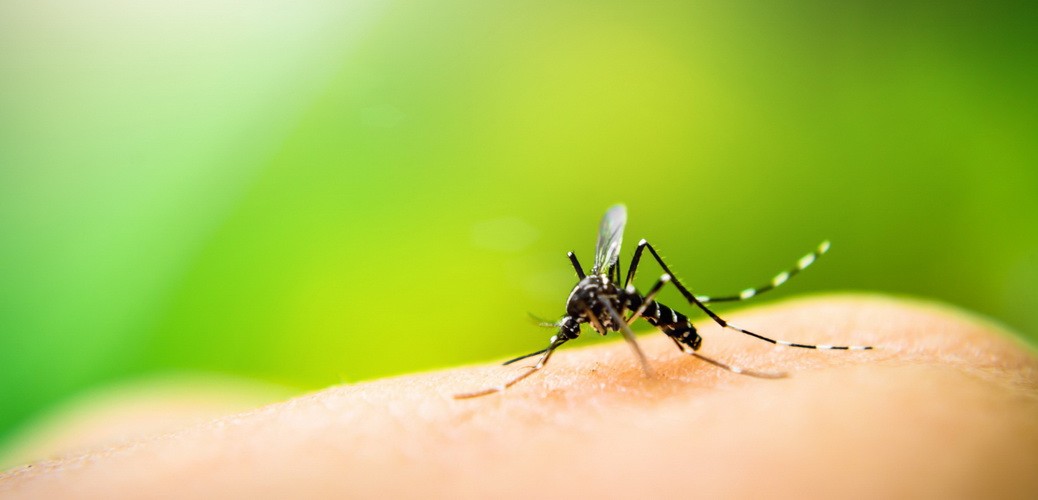
The best mosquito repellent for Mexico
The best mosquito protection For Mexico and the CaribbeanThe best mosquito protection for Mexico and the CaribbeanThe vacation is booked - off to Mexico and the Caribbean. The anticipation of balmy summer nights, tropical rainforests and dream beaches rises!!! If only...
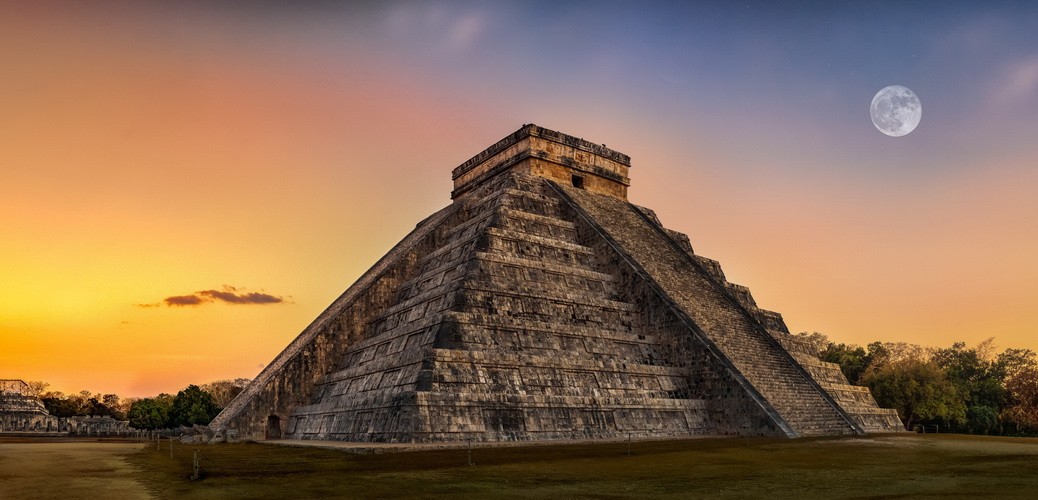
Chichen Itza Travel Guide
Travel Guide Chichen Itza History | Arquitecture | Insider TippsChichen Itza: Travel Guide into the Mayan WorldIt is a once in a lifetime opportunity to see the famous Mayan ruins of Chichen Itza. For many visitors, the culture of ancient Mexico has so much...

